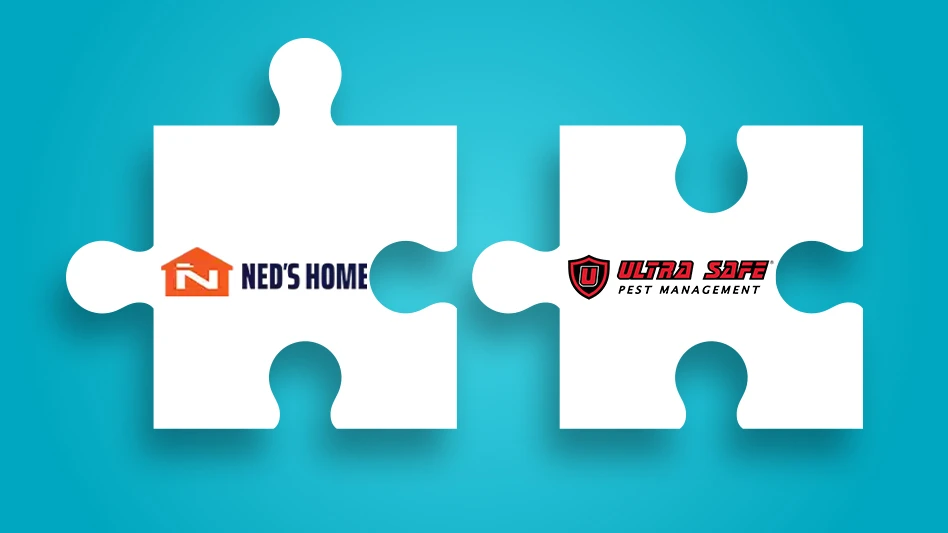Preparing for the Unexpected:
The Value of Crisis Communication Planning
In recent months there have been several examples that demonstrate the way in which a firm or brand responds to a crisis situation can have a long-term effect on its public image.
Compare the media circus of Tiger Woods’ scandal, which resulted in millions of dollars in lost endorsements and perhaps an irretrievably damaged reputation, with the comparatively mild response to late night talk show host David Letterman’s similar misconduct. Letterman’s willingness to acknowledge and apologize for his discretion upfront was seen as a smart move in contrast to Woods, who offered little comment on the situation initially, and in the eyes of the public, largely hid from his mistake.
Or, consider Toyota’s recent recall of millions of its vehicles, which has been criticized by the public and the press alike, vs. the famous Tylenol recall in 1982, which has been widely lauded as an example of excellent crisis management. In the latter case, seven people died after taking cyanide-laced capsules of the medication. Tylenol reacted by promptly issuing a recall and swiftly worked to improve its safety standards, helping the company to gain back the trust of the public and emerge from what could have been a devastating crisis.
So the question is, if a crisis were to happen in your company tomorrow, would you and your employees know how to react? Would you know how to respond — to your customers, to the media and to the general public — to prevent one misstep from adversely affecting your company’s public image and its future success? Taking the time to put together a crisis communication plan is much like purchasing insurance or buckling up in the car. Although the hope is to never need to use the insurance or rely on the seat belt in an accident, it is always better to be safe than sorry.
THE PLAN. If your company is developing — or needs to develop — a crisis communication plan, here are a few things to consider:
Keep it simple. It would be impossible to create a plan of action for every type of crisis that might arise — from an application error to a traffic accident involving one of your employees to a high-profile client complaint. Instead, keep your plan general enough that it can be applied in any unforeseen circumstance.
Develop a list of "action items" that will need to be handled in a crisis situation, regardless of the specifics. This list should include notifying the proper authorities and your employees, handling press inquiries and assigning specific employees to each responsibility. Of course, you should always rely on the advice of your legal and public relations counsel when developing your crisis communication plan.
In case of emergency…Be sure to include a list of relevant emergency contacts, an employee phone chain and other important information such as MSDS sheets as a part of your crisis communication plan. Keep copies of the emergency contact list in all company vehicles and offices, and make the crisis plan readily available to all employees.
"Please direct all media inquiries to…" If a crisis situation gains the interest of the media, it becomes especially important for your company to have a plan for how you want to respond. It would be wise to select a few employees (ideally the owner/president, a marketing or PR manager or high-level employee) to receive media training to learn the "do’s and don’ts" of communicating with the media. These designated media spokespeople should be on hand to respond to inquiries in the event of a crisis. Other employees should direct media inquiries to these designated spokespeople.
Practice makes perfect. After you have developed a crisis communication plan, share it with your employees to ensure that every member of your team knows their responsibilities and knows what they can expect from the company in a crisis. Practice the plan to make sure that the process you’ve outlined will work. Ask for feedback from employees to ensure you address their concerns. Finally, review your plan on a frequent basis and update it when staffing changes or other circumstances warrant.
An online crisis is still a crisis. In an era where potential customers can easily "Google" your company to read reviews and find out about your business, your reputation in the online community is crucially important. Don’t underestimate how much of an impact negative attention online can have on your company in real life. While you need not press the "panic" button over one negative Internet comment, it is worth monitoring what your customers and competitors are saying about you in social media platforms such as blogs, Twitter, Facebook and other forums. In addition, consider including guidelines for handling online crises as a part of your crisis communication plan.
FINAL THOUGHTS. While we can’t always prevent a crisis from occurring, we can be prepared to manage the effect it has on our business. Taking the time to develop a thorough crisis communication plan is an important step in preparing for the unexpected.
The author is executive director for the Professional Pest Management Alliance. She can be reached at mhenriksen@giemedia.com.

Explore the March 2010 Issue
Check out more from this issue and find your next story to read.
Latest from Pest Control Technology
- Rentokil Terminix Expanded in Key Markets with 2024 Acquisitions
- In Memoriam: Joe Cavender
- Certus Acquires Green Wave Pest Solutions
- Liphatech Adds Alex Blahnik to Technical Team
- Do the Right Sting: Stinging Insect Identification, Management, and Safety
- VAGA's 8th Annual Veterans Thanksgiving Appreciation Dinner
- Clark's Blair Smith on the Response to Increased Dengue Fever Cases in Southern California
- WSDA, USDA Announce Eradication of Northern Giant Hornet from U.S.





